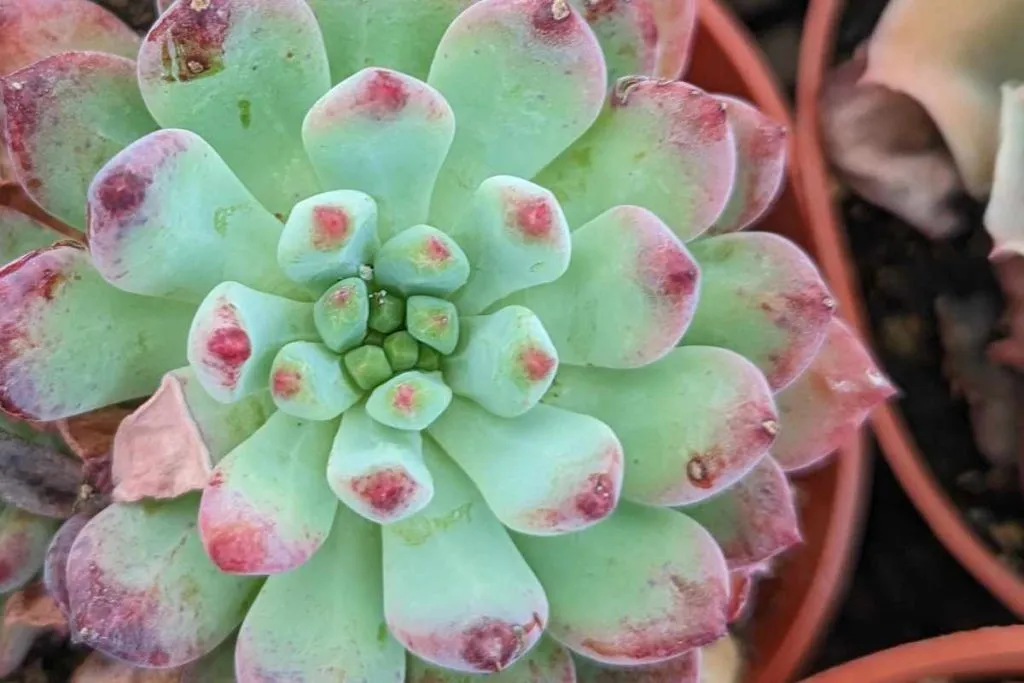What Plants Don't Like Epsom Salt and Just How It Influences Development
What Plants Don't Like Epsom Salt and Just How It Influences Development
Blog Article
Discover the Certain Plants That Are Adversely Influenced by Epsom Salt Application
Epsom salt, a popular home treatment for numerous gardening woes, is often commended for its advantageous effects on plant development. Comprehending the particular plants that can be adversely impacted by Epsom salt is crucial for any kind of garden enthusiast looking to optimize their plant care routine.
Roses

Roses, especially sensitive to changes in their atmosphere, can be negatively influenced by the application of Epsom salt. While Epsom salt is generally utilized as a fertilizer to promote plant growth and enhance flowering, roses are just one of the plants that do not react well to its application. The high magnesium content in Epsom salt can interfere with the uptake of other necessary nutrients by the rose plants, leading to shortages that manifest as yellowing leaves or stunted growth.

Tomatoes
While Epsom salt is typically proclaimed as a remedy for different plant issues, consisting of bloom end rot in tomatoes, its application can lead to detrimental results if not utilized judiciously. Excessive Epsom salt, which is magnesium sulfate, can interfere with the delicate nutrient equilibrium required by tomatoes, possibly leading to deficiencies in various other essential nutrients like calcium. When thinking about the usage of Epsom salt on tomatoes, it is crucial to stick to suggested application prices and dirt testing to prevent unintended effects on the total health and performance of these beloved yard plants.
Peppers
Peppers, prized for their different shades and levels of spiciness, can show vulnerability to adverse influences from Epsom salt when not used with care and factor to consider for their specific dietary demands. what plants don't like epsom salt. Peppers, belonging to the Solanaceae household, require a fragile equilibrium of nutrients to thrive. While Epsom salt is known to improve magnesium levels in plants, extreme application can disrupt this stability, resulting in unfavorable impacts on pepper plants
When peppers are subjected to high levels of magnesium from Epsom salt, it can interfere with the plant's ability to absorb other important nutrients like calcium and potassium. This imbalance might materialize in signs and symptoms such as fallen leave staining, stunted growth, and reduced fruit manufacturing. In addition, the excessive magnesium can modify the dirt pH, further worsening nutrient uptake issues for peppers.

Rhododendrons
Provided the level of sensitivity of certain plant species to inequalities caused you can find out more by Epsom salt, it is important to take into consideration the influence on Rhododendrons, which likewise call for specific nutrient levels to grow. Rhododendrons are acid-loving plants that prefer acidic soil conditions with a pH array between 4.5 and 6.0. Epsom salt, chemically referred to as magnesium sulfate, can modify the dirt pH and interrupt the fragile balance of nutrients necessary for Rhododendron wellness.

To preserve the optimum growth and health and wellness of Rhododendrons, it is important to avoid the unplanned use Epsom salt and rather focus on giving the particular acidic soil conditions and nutrients that these plants need for growing.
Azaleas
Azaleas, understood for their vivid blossoms and wide range of shades, are ornamental hedges that come from the Rhododendron genus. These prominent flowering plants are usually located in parks, landscapes, and gardens due to their appeal and adaptability. Azaleas are sensitive to changes in dirt pH levels, which can significantly influence their growth and total wellness. While Epsom salt is generally used as a remedy for magnesium deficiency in plants, its application to azaleas can have adverse effects.
When Epsom salt is used to azaleas, it can change the soil pH, making it a lot more acidic. Azaleas choose a little acidic soil problems, and an excess of magnesium from Epsom salt can interrupt this equilibrium, resulting in nutrient discrepancies and prospective toxicity problems. The inaccurate application of Epsom salt can cause stunted development, yellowing of fallen leaves, and general decline in the visit the site health and wellness of azaleas. For that reason, it is vital to be mindful when thinking about making use of Epsom salt on azaleas to avoid any type of unfavorable effects on these fragile ornamental shrubs.
Final Thought
To conclude, it is vital to be aware of the details plants that can be negatively impacted by the application of Epsom salt. Roses, tomatoes, rhododendrons, azaleas, and peppers are some instances of plants that might not take advantage of Epsom salt and could even suffer harm. It is vital to research and recognize the needs of each plant species prior to using Epsom salt as a plant food to guarantee their health and wellness.
Recognizing the specific plants that can be detrimentally impacted by Epsom salt is critical for any kind of gardener looking to optimize their plant treatment regimen. While Epsom salt is typically used as a fertilizer to promote plant development and boost blooming, roses are one of the plants that do not respond well to its application.Excessive usage of Epsom salt can additionally result in an accumulation of salts in the soil, leading to root damage and dehydration of the rose plants. While Epsom salt is known to increase magnesium degrees in plants, excessive application can disrupt this equilibrium, leading to negative effects on pepper plants.
The high salt material in Epsom salt can likewise dry out Rhododendron roots, creating further stress and damage to the plant. (what plants don't like epsom salt)
Report this page